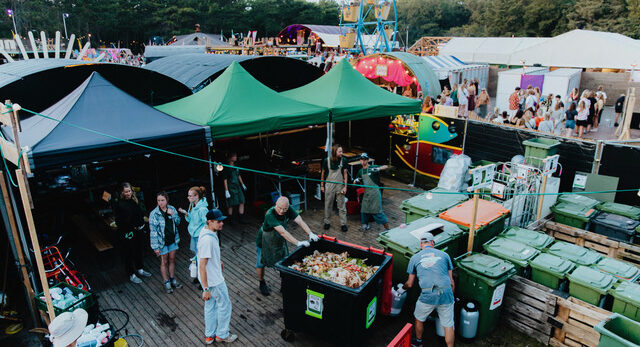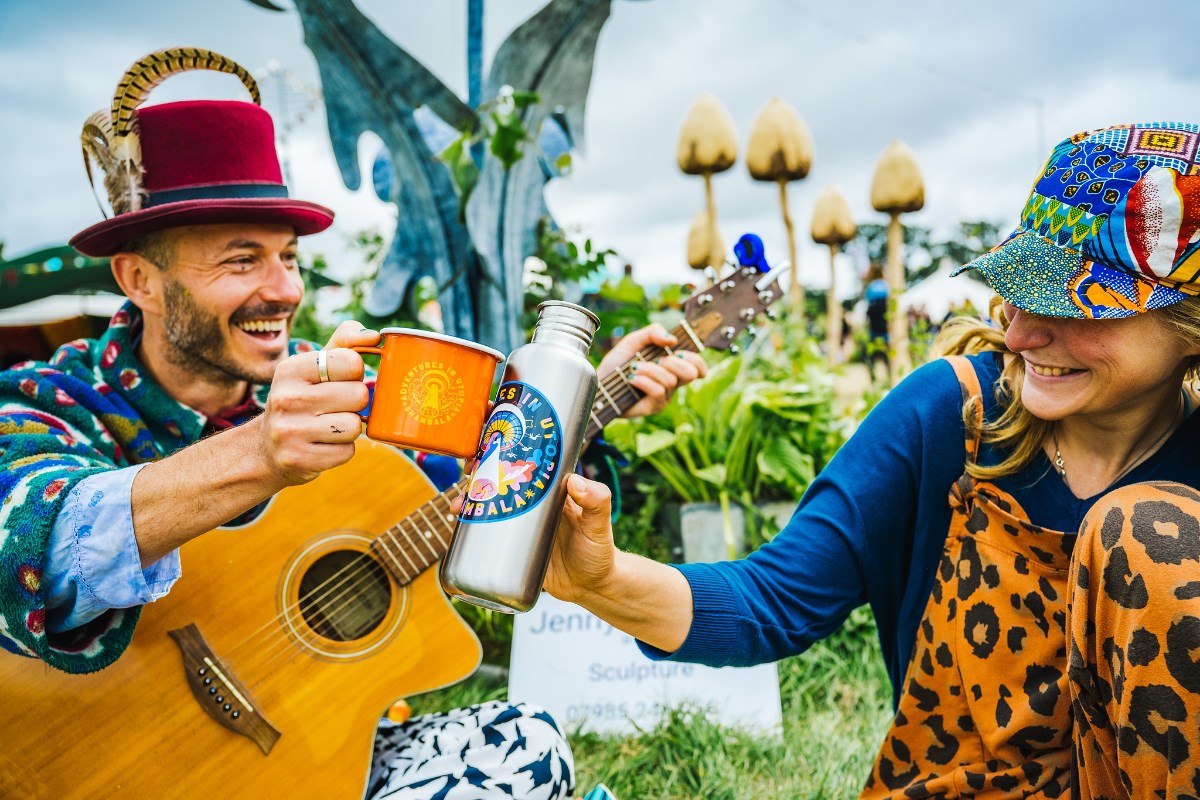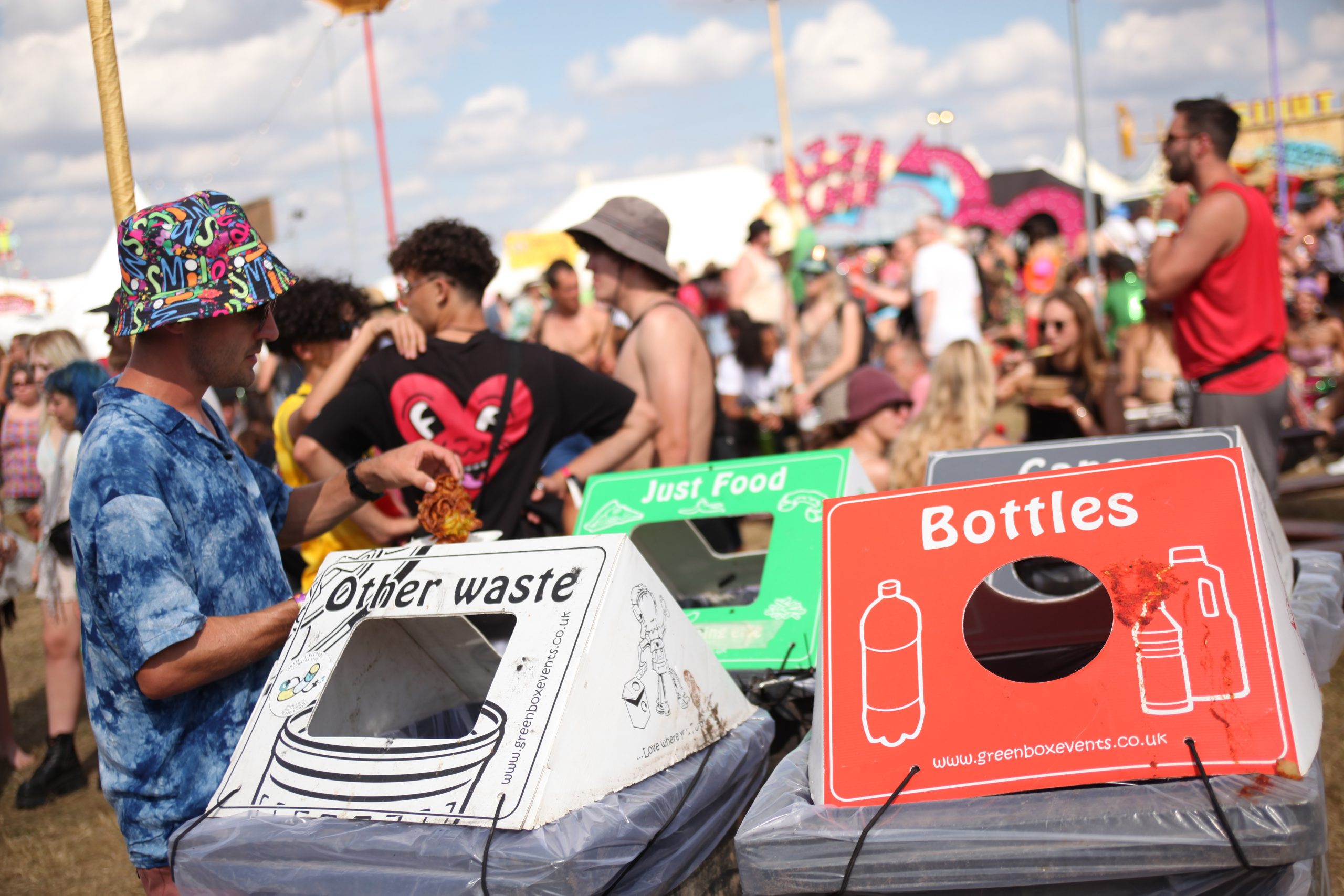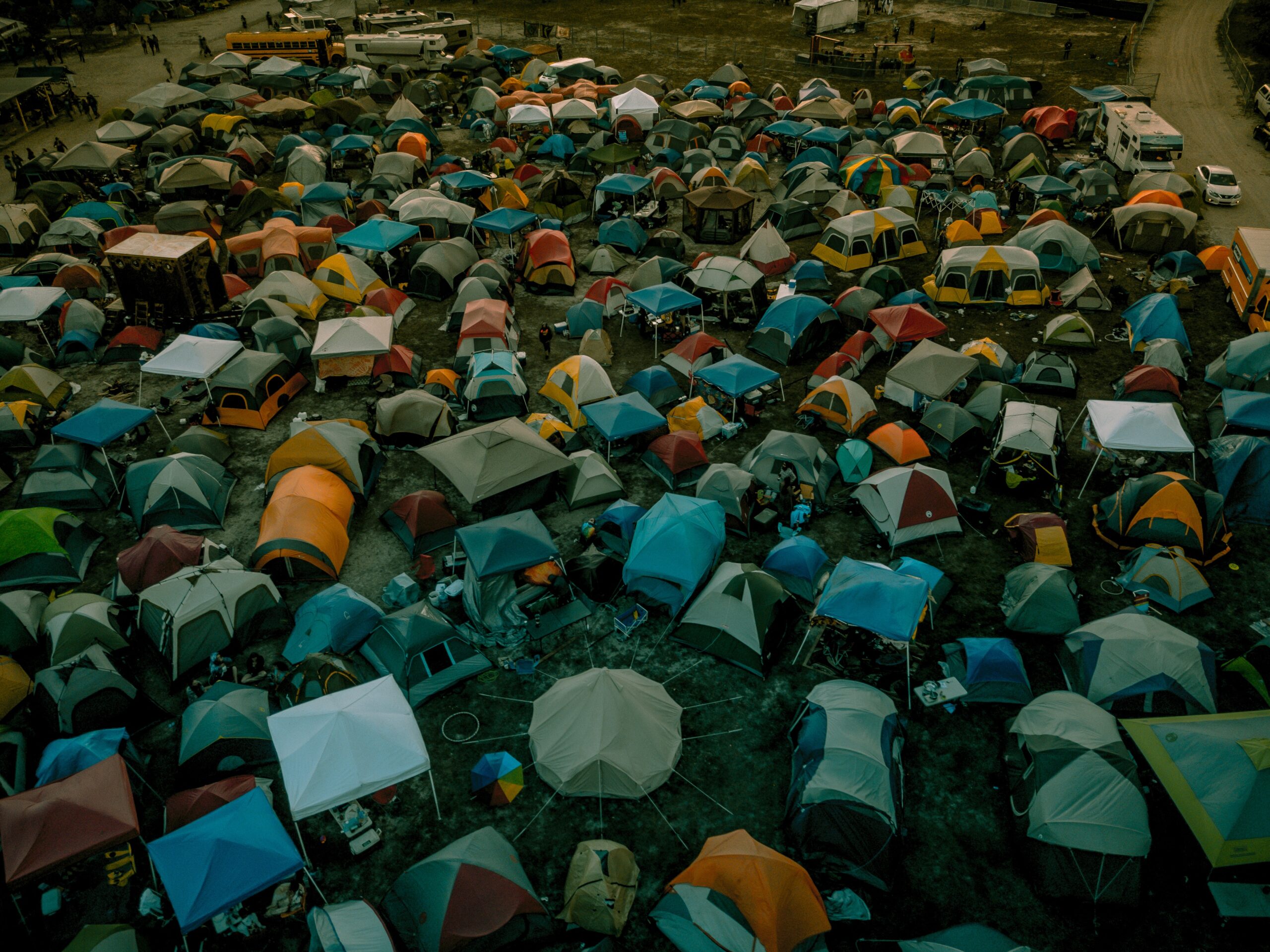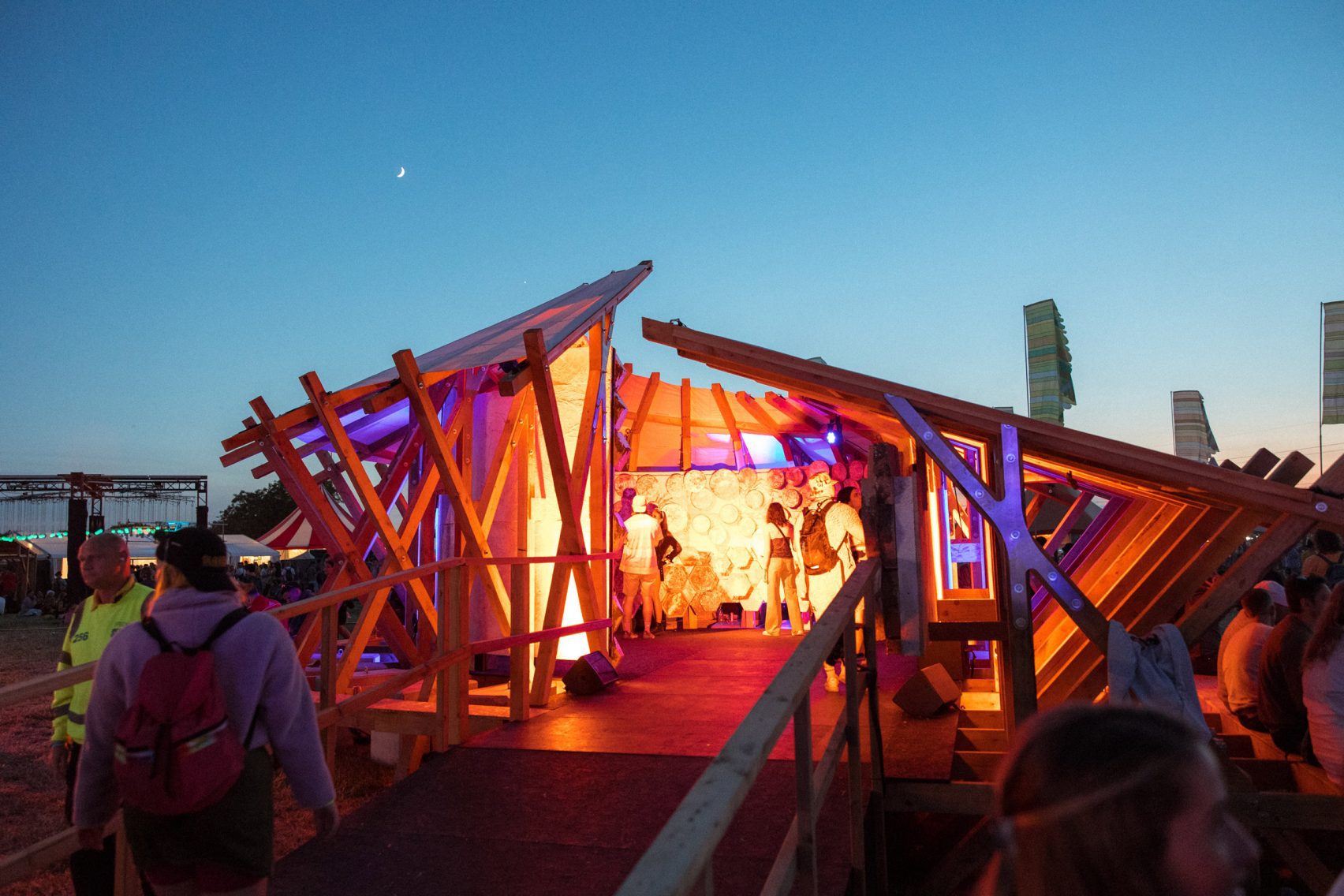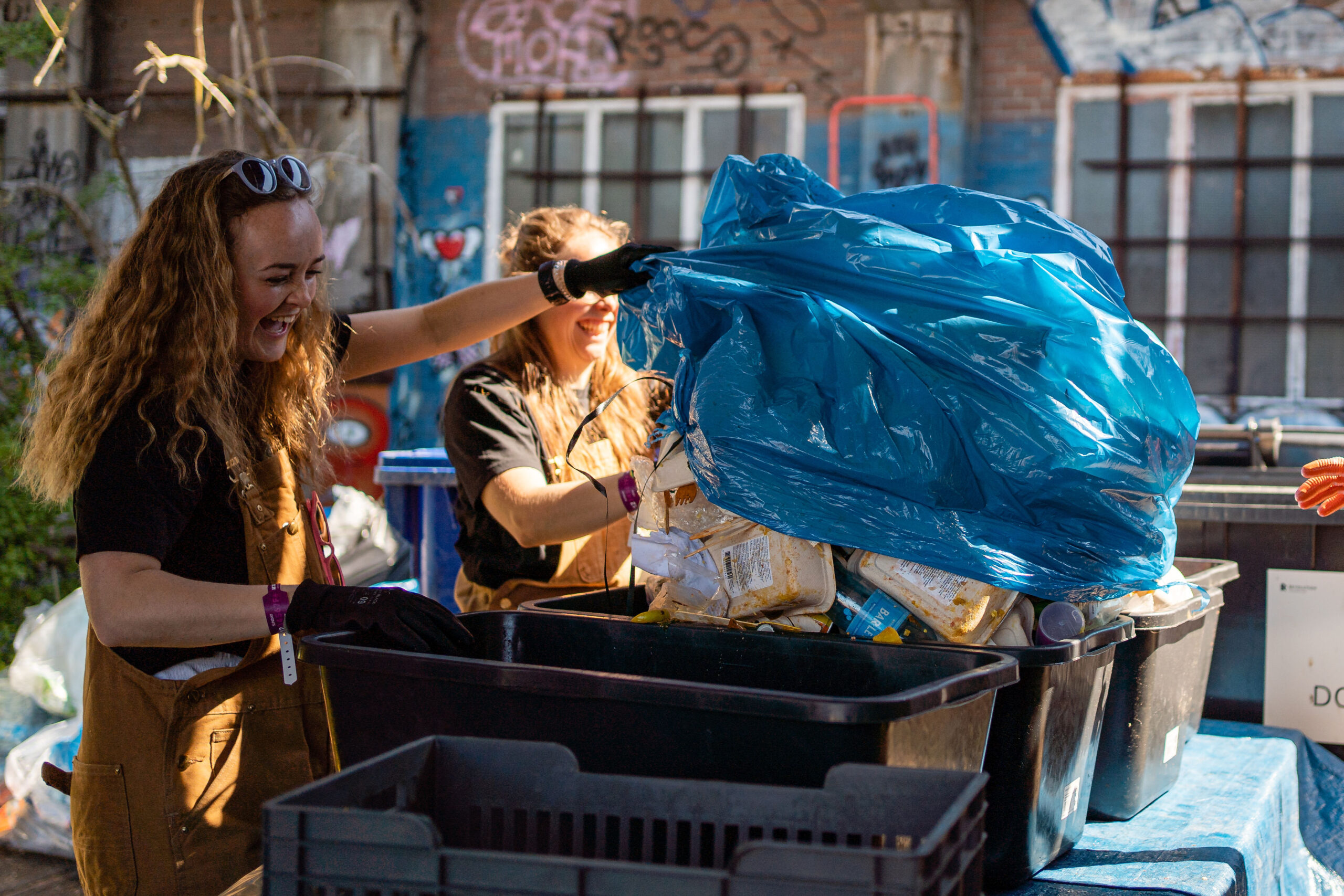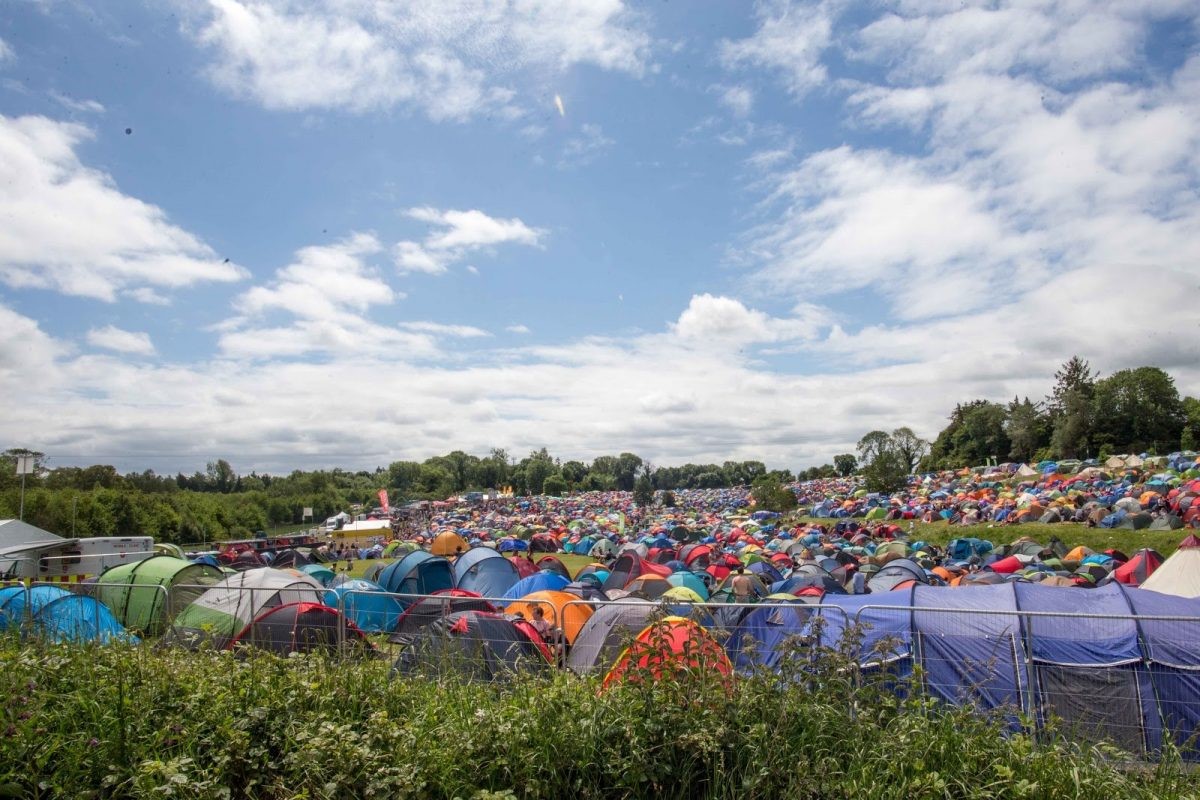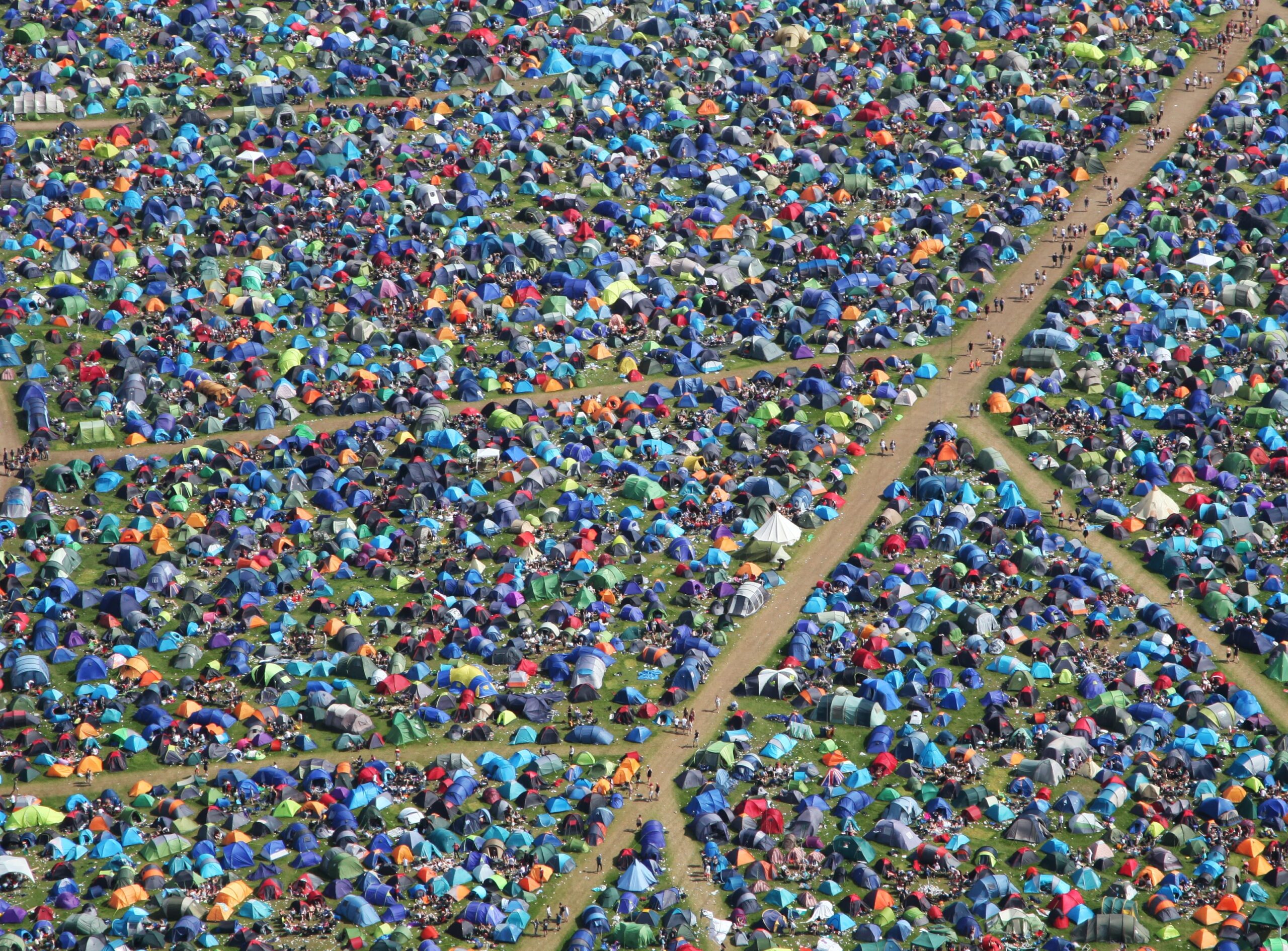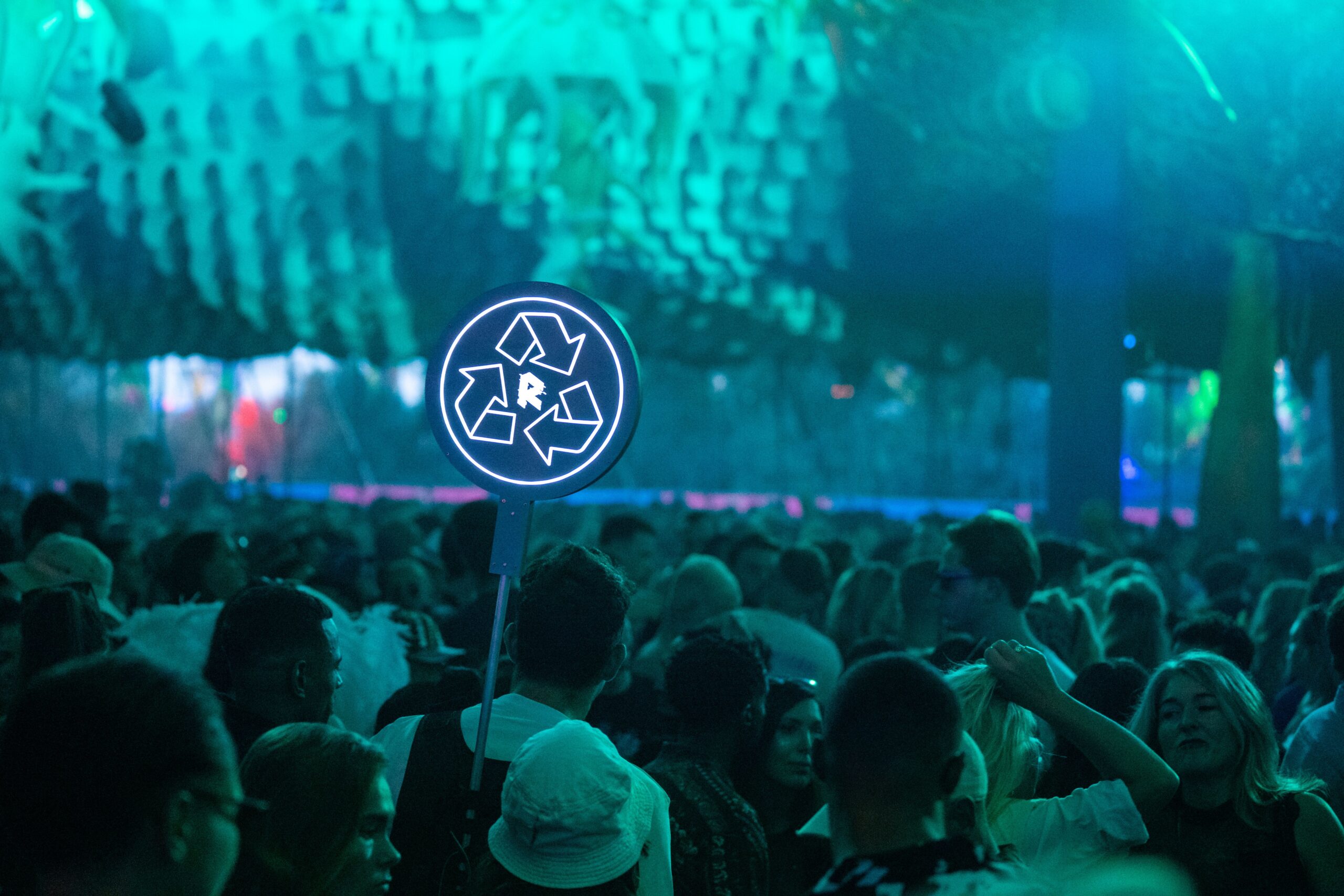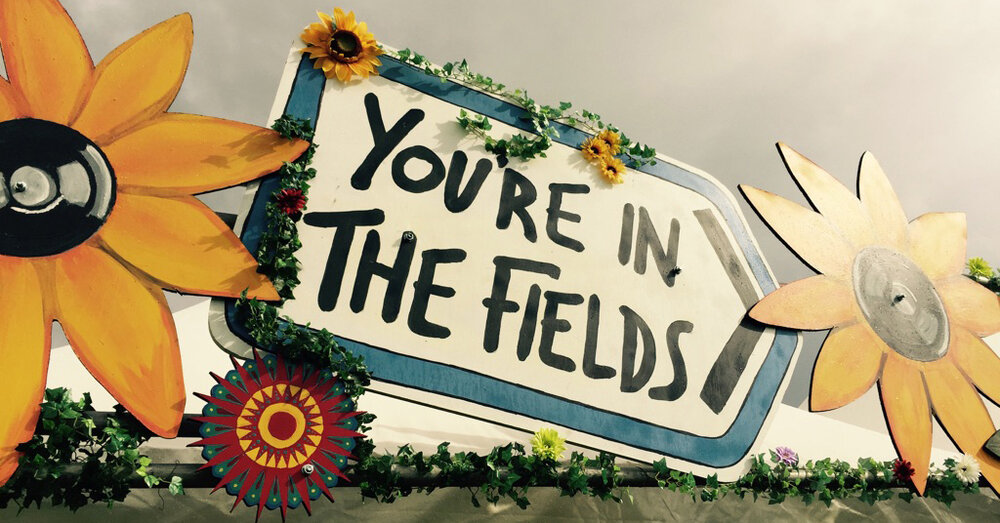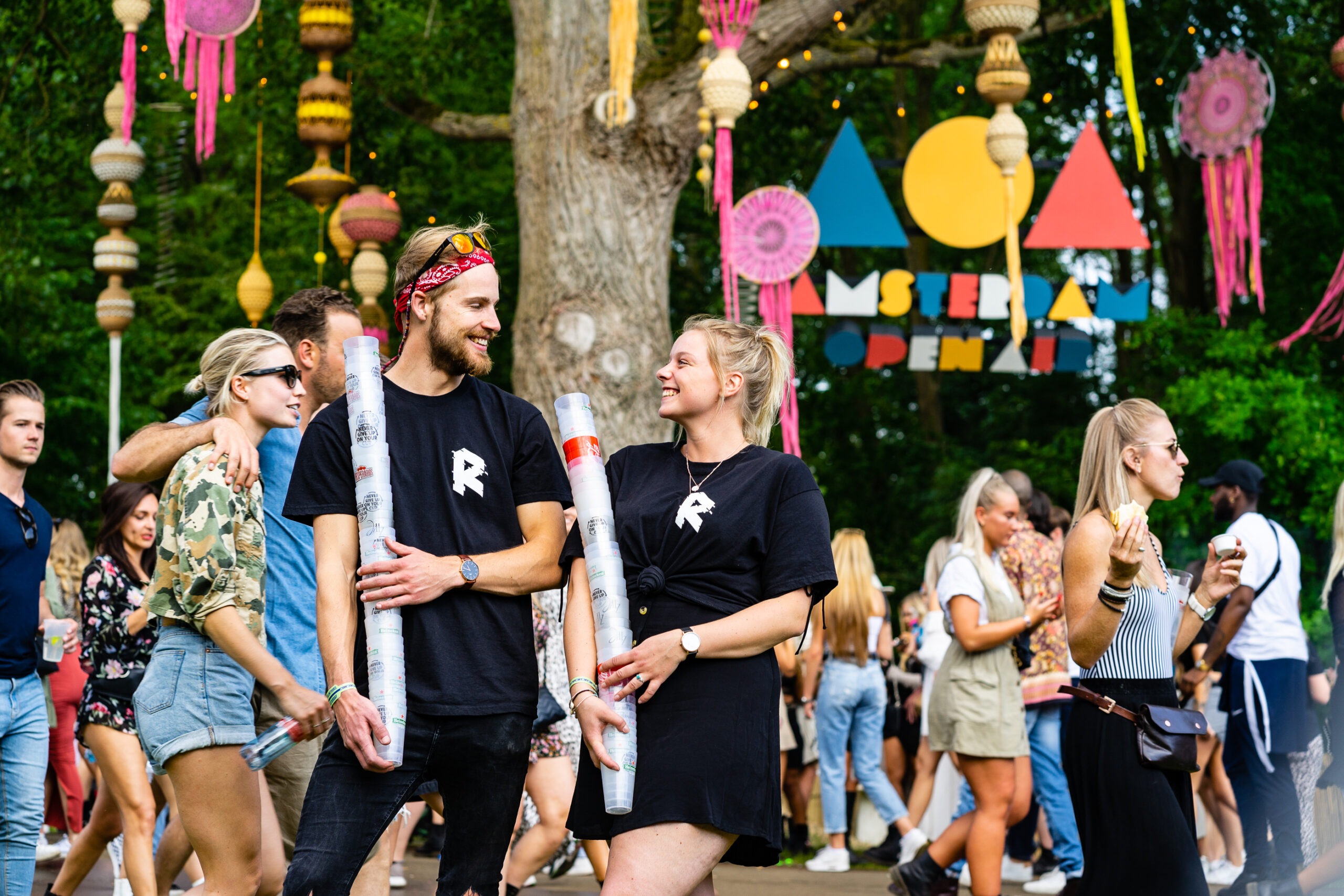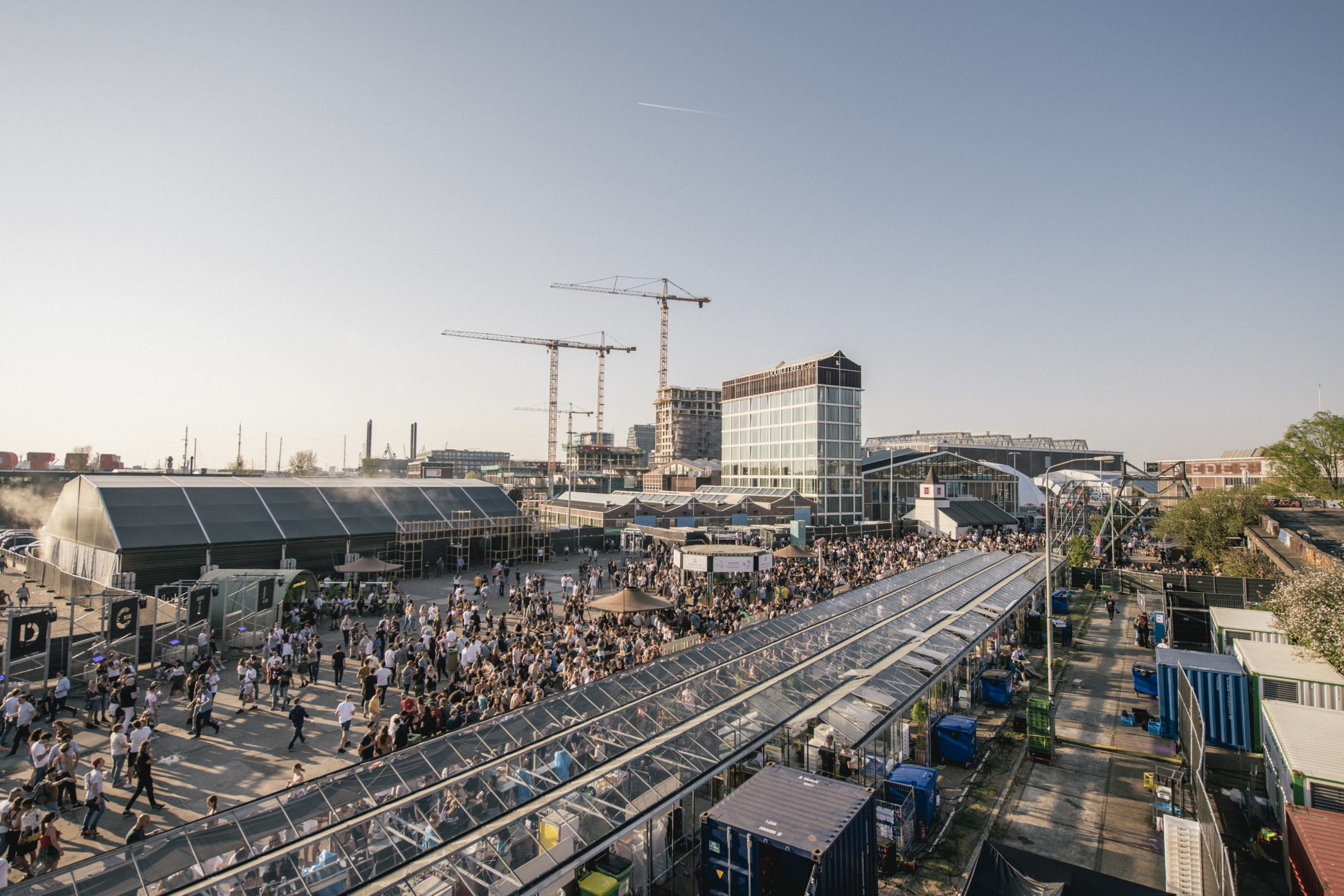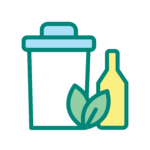
Worldwide we consume more natural resources than the earth can produce per year. These raw materials are used, among other things, as fuel for energy, for food production and for the production of materials from which products are made. Excessive use of raw materials leads to emissions, soil and water pollution and deforestation, among other things. It also causes enormous waste production. This requires a different approach: From ‘Take, Make and Waste’ to a circular system in which products and materials are designed in such a way that they can be reused with as little loss of value as possible and without a harmful impact on the environment.
Smarter Sourcing explained: How to buy supplies for a circular festival
Smarter Sourcing explained: Learn how to buy supplies for a circular festival, reduce waste, extend product lifecycles, and make sustainable purchasing decisions for climate-neutral events.
No excuse for single use: Reuse as a circular solution
Single-use plastics are increasingly becoming a global environmental threat – from the poles to deep oceans and our human bodies. Plastic pollution leads to animal deaths and microplastics enter our food chain. We need to change our approach.
Vision 2025’s Chris Johnson on why a materials policy is key to sustainable waste management
Event organizers must prioritize sustainable material management early. Vision 2025 provides tools, including the Sustainable Materials and Waste Toolkit, to help festivals reduce waste, improve recycling, and manage materials efficiently.
Webinar Replay for the Materials & Waste Management Toolkit
Vision: 2025’s Sustainable Materials & Waste Management Toolkit created in collaboration with Julie’s Bicycle was launched earlier this month at the AIF congress and an online webinar.
ADE Green Replay: Building Climate-Positive Events
This ADE Green program explored how bamboo can shape the European events industry in the next decade when it comes to scenic design, regenerative farming and socio-economic factors. Rewatch it now!
Glastonbury’s mushroom mycelium pavilion explores sustainable stage design
Simon Carroll has created the spiralling Hayes Pavilion from salvaged timber and mycelium to challenge the industry's over-reliance on polystyrene foam.
Green Festival Stories: Materials and Waste
Find guidance and inspiration on how festival organizations can reduce waste in four case studies selected by Future Festival Tools.
Five solutions to campsite waste
Campsite waste has been an uncomfortable and troublesome reality. In this article, we discuss five potential solutions.
ADE Green: Going full circle on the use of plastics
Catch a first glimpse of the program featuring international keynote speakers, food for thought, practical hands-on workshops and a range of panels, and find out all you need to know about ticket sales.
Chris Mastricci (Ecowarriorz) on Campsite Waste
In this guest blog Chris Mastricci, co-founder of F.W.R.D. (Festival Waste Reclamation and Distribution) and EcoWarriorz, talks through the realities of the challenges that festivals face in terms of engaging festival-goers in campsite clean-up schemes, sharing his experiences of what
Institute for Sustainable Events launches course program
Institute for Sustainable Events launches a brand new course program with videos, templates, checklists, and tools.
Meadow in the Mountains aim to compost and recycle 100% of waste in 2022
In this case study the team at MITM share the findings from their 2019 annual report and their plans for the 2022 edition – from reducing waste to landfill by aiming for 100% compostable and recyclable waste – to harvesting
Sustainable Sourcing Guidelines for branding and signage materials
The Ocean Race, IOC, FIFA, UEFA and other industry representatives worked together to share knowledge around sustainable look & overlay for events.
Choose microplastic-free glitter
Glitter is traditionally made from plastic and is a cause of microplastic pollution in the environment. In recent years there has been a huge amount of press coverage over its physical and potentially toxic impact on marine life. Read more about
Insights into creating sustainable signage
In this article Cordi gives her insights into creating sustainable signage, weighing up the pros and cons of different materials, and what event organisers should consider before making their final choices
Witness the launch of the Green Deal Circular Festivals at ADE Green
We're thrilled to finally announce a very special event that will be taking place at ADE Green! The initiative 'Circular Festivals' will be launched by a raft of participating festivals and by the Dutch Environment Minister Stientje van Veldhoven.
2020 – The year of 100% circularity at DGTL Festival
This year DGTL strives for a 100% circular festival. We spoke with Xander Kotvis, the brain behind the circular blueprints, about this challenge.
The Results of Plastic Promise 2019!
These are the results of Plastic Promise 2019: a new standard has been set for Dutch events: reuse or recycling!



